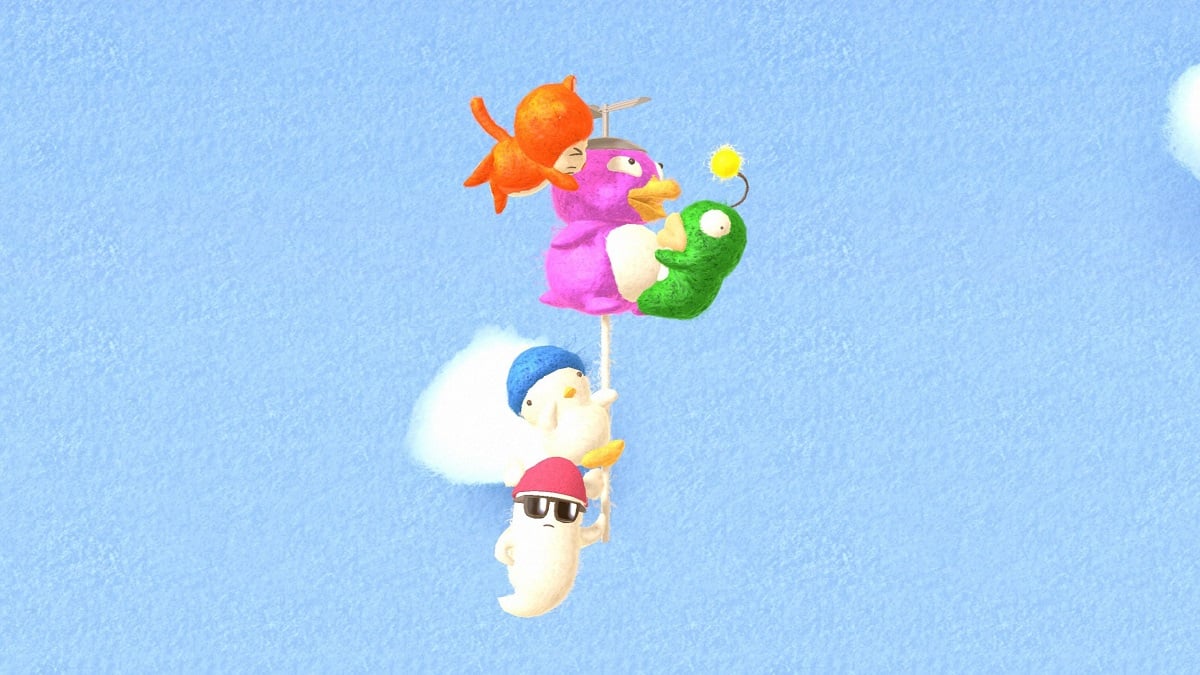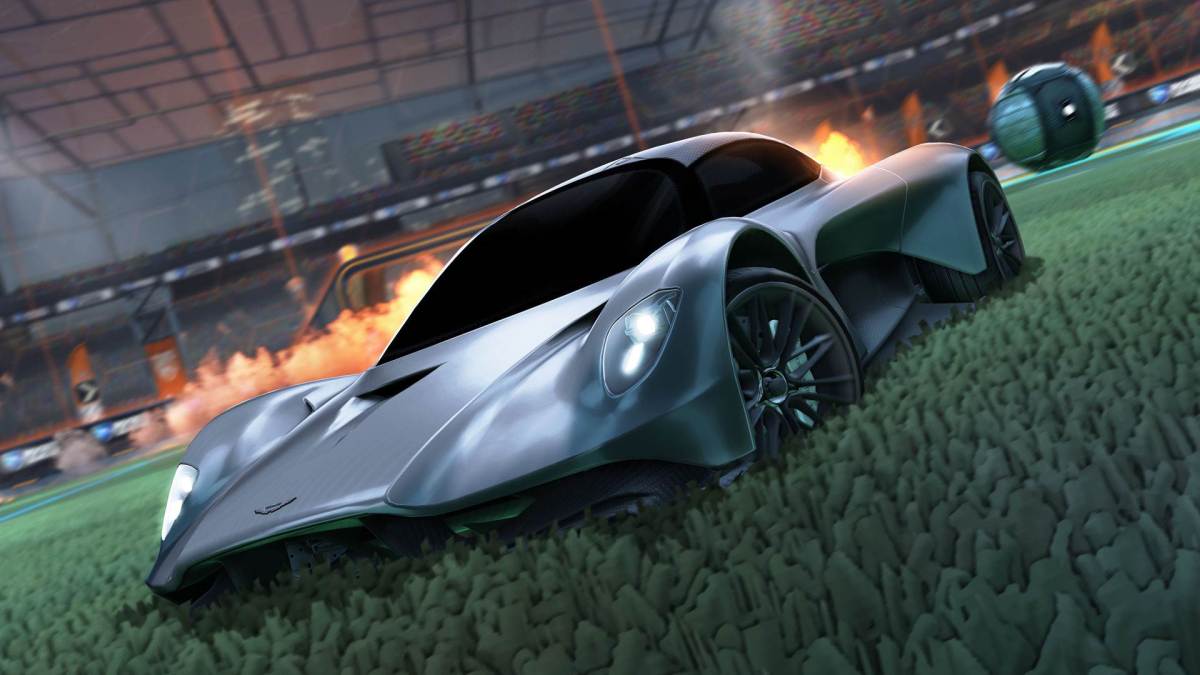With Sunsoft working on their rather strange revival, it seemed like a foregone conclusion that they’d eventually get around to Hebereke. It was probably the company’s most prolific game series, after all, stretching across several games throughout the ‘90s.
The series never really came to North America, but a few were localized for Europe. The first time we saw it on this side of the ocean was when the first game was released on Wii Virtual Console under its European name, Ufouria: The Saga. That was, unfortunately, locked at running at the PAL’s 50hz, which made it run faster on modern displays.
For the rest of the games of the series, they strangely never returned to the original formula of quasi-Metroidvania. The series went through racing, puzzle solving, and even arena fighting, but never back to sidescroller. That changes now, as Hebereke 2, er, Ufouria: The Saga 2 is the closest the series has come to the original formula. End review.

Ufouria: The Saga 2 (PC [Reviewed], Switch, PS5, Xbox Series X|S)
Developer: Tasto Alpha
Publisher: Sunsoft
Released: February 28, 2024, March 1, 2024 (Switch)
MSRP: $24.99
Okay, so if you’re not familiar, Hebereke… I mean, Ufouria: The Saga, is a gated exploration game where you journey to find new friends and abilities to make progress in other areas. It’s fine. It’s a decent sidescroller, if a little bit underwhelming and simple. However, its personality made it truly memorable.
Hebe… Ufouria: The Saga features four characters that you could swap between. The main character is a penguin named Hebe, but he was changed to a snowman with the fantastic name, Bop-Louie, in the European version. He was joined by O-Chan, a person in a cat suit, Sukezaemon, a ghost in sunglasses, and Jennifer, a deep sea angler fish.
The setup in Ufouria: The Saga 2 is a bit different. You still try and assemble your party and unlock skills to proceed to new areas, but the game world has a much simpler layout. It boils down to an initial hub area that splits off into semi-randomized, mostly linear levels.
The goal of these areas is, typically, to just reach the end and maybe defeat a boss. Upgrades are doled out through a vending machine adjacent to Hebe’s home. You search for “Utsu-cans” during your run, which unlocks new items for purchase. Then you spend the coins that you collect to actually receive the items, and beyond getting the other three characters, this is how you obtain the skills needed to get to new areas. Even when the team finds the need for a skill contextually through exploration, it’s stuffed in the vending machine to be bought.
It’s a weird and almost insultingly simple approach to progression in a game like this. Imagine if Samus had to return to her ship each time she wanted to install a new item. Somehow, this didn’t bother me.
The story involves an alien named Utsujin crashlanding on… Earth or wherever this is supposed to be. They begin spreading globs of jam everywhere, and this jam takes over people’s minds, maybe? The Ufouria gang really just seems to think they’re gross and would rather Utsujin doesn’t just drop them on their picnics.
For the length of the game, you mostly just chase this alien around. Of course, whenever you catch up to them, they just fly off until the final showdown. You know how it goes.
It’s a simple story for a simple game. The real value of the narrative comes from character interactions, which are heavily leaned on. Short skits kick off constantly. Sometimes when Hebe returns home, after a boss, at the entrance to a new area, or every single time you buy something from the vending machine, there’s a short exchange.
Surprisingly, like the vending machine, this didn’t bother me. Unsurprisingly, this is mainly because a lot of the interactions are entertaining. The characters themselves are bizarre, and so is the way they interact with their world. Some of it seems specifically suited for a Japanese sense of humor, but the English translation handles it rather well. The skits aren’t always worthwhile, but I never found their constant interruptions to be unwelcome.

The main issue with Ufouria: The Saga 2 is its simplicity. Its puzzles, progression, and even platforming all lack even a whiff of complexity. I’d say that it feels like an NES game built for the modern day, but even vanilla Ufouria gave you more to chew on.
If there’s one standout addition, it’s that the characters converse during traversal. Every once and a while, you’ll get a notification that someone in your pocket has found something. If you press a button quick enough, they’ll pop out and give you a coin or a coil of poop. The prompts are easy to miss, but the rewards are also not typically important. It’s mostly just flavor to help you remember that it’s a team of characters, rather than just one hero.
It’s just so damned friendly. There’s very little resistance. Maybe Sunsoft has a younger audience in mind, but I thought kids these days just play Fortnite.
Regardless, it winds up working well. The aesthetic has a crafted look about it, with the characters and backgrounds having a needle-felted appearance with stray strands of fiber poking out in all directions. The soundtrack is chirpy and cute, and the enemies have a vacuous goofiness to them. It’s adorable without being as vapid as some of the cartoons aimed at younger children these days.

It also does some great callbacks and even references the regional changes made in the European version of Ufouria on NES, with Bop-Louie making a blink-and-you-miss-it cameo. It shows a lot of reverence for the series as a whole. I couldn’t find any crossover between the developer (Tasto Alpha) and the team behind the original, but it’s hard to tell. They certainly made it their own.
And that’s generally the Ufouria: The Saga 2 vibe. Regardless of how you feel about the lack of challenge and the simplicity of the design, there aren’t really any noticeable cut corners. It seems to know exactly what it is. It’s a short (3-5 hours) jaunt through a lovingly created resurrection of an old franchise with a lot of untapped potential. It’s maybe not going to set your world on fire, but if you have any affection for Hebereke, then it’s a worthwhile tribute. Even if you don’t have the prior familiarity, its ease, pace, and quirks mean that it will be, at the very least, a comfortable experience.
To put it more poetically, Ufouria: The Saga 2 might not be a game for your brain, but it’s one for your heart.
[This review is based on a retail build of the game provided by the publisher.]






Published: Feb 28, 2024 08:00 am